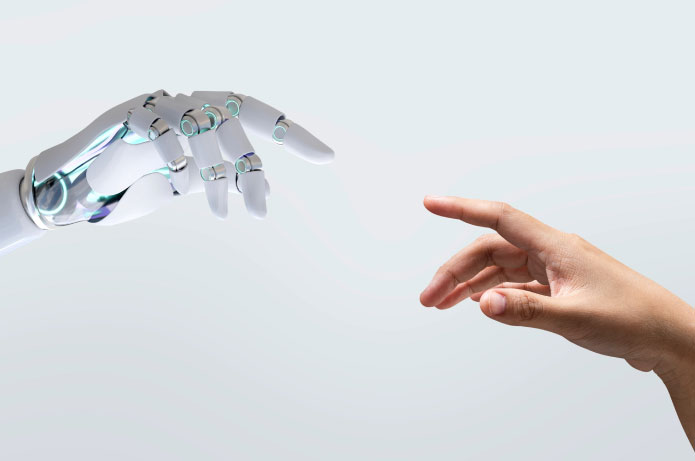Talking about business innovation nowadays is, inevitably, talk about technology — especially about artificial intelligence. Even so, the transformation does not originate from the machine. After all, even if systems advance at an exponential speed, it is the human being who continues to decide the direction of the business and operate the tools. That's why, when we discuss digital changes, we are also talking about strategy, culture and people
The AI, for example, has been optimizing operations on different fronts. On one side, it allows automating repetitive tasks and reducing errors. To the other, helps customize customer service at scale, through virtual assistants and predictive analytics that guide more targeted campaigns. According to Gartner, until 2026, more than 70% of companies worldwide will use the resource to improve customer experience and internal efficiency. And those who know how to do this in alignment with human intelligence, goes in front
The impact is even clearer when we look at the issue of productivity. A McKinsey study shows that the adoption of AI and automation can boost team performance by up to 40%. That is to say, machines take on part of the operational effort and professionals have more time for strategic decisions and higher value activities. However, this only happens when there is a well-thought-out integration between the solutions and the business processes
At this point, we can cite gamification, what, despite often being underestimated, has been gaining ground as a powerful tool when it comes to combining technology and the human factor. Applying typical game elements in corporate environments may seem like an ineffective and even inappropriate strategy, but the results are significant. Reports indicate that gamification increases employee engagement by up to 60%. More than a fun feature, it is a mechanism of continuous motivation, that turns goals into challenges, recognizes achievements and encourages overcoming
The effect is also significant for the client. Loyalty programs based on missions and rewards have been highlighted as an alternative to increase audience engagement with businesses. According to Deloitte, companies that adopt gamification record an average increase of 47% in customer engagement. It is a way to generate value without relying on large investments, just using the available technologies well
However, it's not about choosing between one resource or another. The greatest gain comes from the combination of them. By combining AI with gamification it is possible to generate fully personalized experiences, with challenges tailored to each user's profile, whether he is a consumer or an employee
The central point is: no tool delivers results on its own. Regardless of what it is, the tool must serve a well-defined strategy and it is also necessary to understand how to apply the human factor together. More than choosing which technology to adopt, it's necessary to know for what purpose, when and how to use them. AND, mainly, prepare people to operate them with autonomy and critical thinking. The machine can represent speed and efficiency, but it is the human being who will make the difference. In the end, Innovating is knowing how to combine resources, processes and talents. And everything in the same measure.


